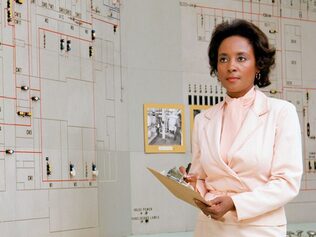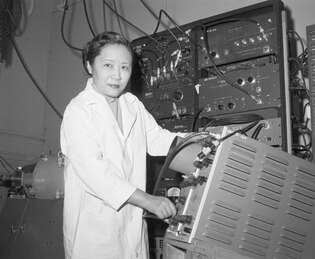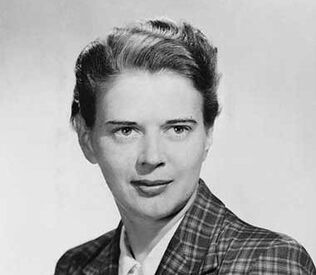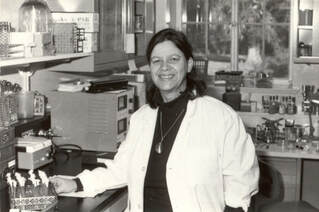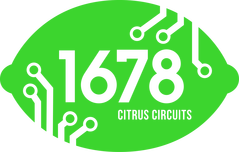pioneering women in s.t.e.m
Annie J. EasleyAnnie J. Easley began her long career as a mathematician at NASA after being inspired by a newspaper article about women working at a nearby NASA lab. Despite facing much discrimination, including her being excluded from tuition reimbursement offered to equally performing male coworkers, she developed important coding for solar and wind energy experiments in NASA's Launch Vehicles Division.
Chieng-shiung wuChieng-Shiung Wu, a Chinese-American scientist, contributed to the creation of bomb-grade uranium. In doing this, she disproved the Law of Conservation of Parity, a widely accepted concept at the time, by conducting experiments with photons, electrons, and a specific type of cobalt atoms. Although two male physicists initially proposed the experiment, Wu performed all of the research and experimentation to do with the project. In 1957, the two men who proposed the experiment received the Nobel Prize for Wu’s discovery.
Beatrice Alice HicksBeatrice Alice Hicks, raised by a family who encouraged her to pursue engineering, became the first female engineer at Western Electric during World War II when male employees left for war. She later managed the Newark Controls Company, where she developed environmental sensors used by the U.S. space program. Hicks also co-founded the Society for Women Engineers in 1950, recognizing the many challenges faced by women in engineering.
Esther LederbergEsther Lederberg, a pioneer in bacterial genetics, overcame financial hardships to study biochemistry. She discovered the lambda bacteriophage in 1951, the first discovered organism that could invade bacteria and live in its DNA. This discovery was an important tool to study viruses in bacteria and animals. Lederberg's research team also demonstrated a bacterial gene exchange and developed a technique simplifying microbiology lab work.
|

